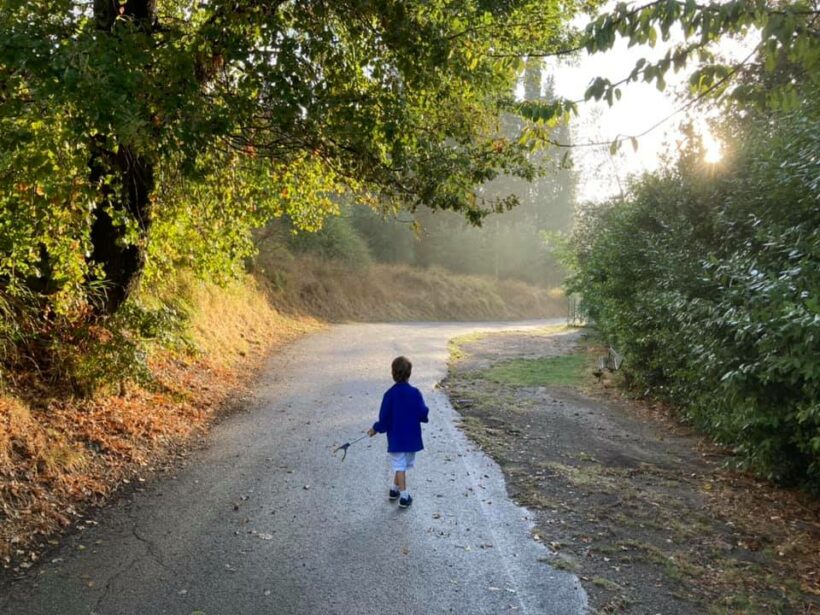One day a year is dedicated to children as a symbolic gesture and political opportunity.
In most countries, Children’s Day is celebrated on a different date. The one marked as official corresponds to the Universal Declaration of Human Rights, issued by the UN in 1954. This coincides with the anniversaries of Universal Children’s Day, the adoption of the Universal Declaration of the Rights of the Child (1959) and the adoption of the Convention on the Rights of the Child (1989). All of these are documents of the highest significance, signed and ratified by every country in the world.
But what happens to these rights in the real world? 4 million newborns in the world die in their first month of life. 148 million children under the age of five in developing regions – where our continent is located – have insufficient weight for their age. 1.02 billion human beings go hungry every day. 1.4 billion people lack access to safe drinking water, a situation that is worsening every day due to climate change and forced migration.
Organisations created specifically to observe and contribute to the improvement of the situation of children coincide in pointing out how this affects millions of children and adolescents, condemning them to a scenario of extreme poverty, violence, exploitation and abuse. In addition to this, Third World countries consider children and adolescents to be a social by-product, given their condition of vulnerability and the fact that they do not have the slightest influence on political decisions. As a result, they are subject to decisions that do not favour them and suffer the additional charge of marginalisation in the design and application of public policies.
In the face of the devastation caused by climatic phenomena, the effects of wars, the injustice of forced migration, the polarisation of wealth and government corruption, the greatest victims are concentrated among children and young people. For economic powers and the world’s centres of political and economic power, these masses of starving children plagued by preventable diseases are collateral casualties. In the face of this reality, celebrations such as the one noted above are not only empty symbolism, but also a stark reminder of the utter disregard for the Declarations dedicated to protecting those who are their primary targets.
One of the most serious effects of the neglect in which the new generations develop is the steady increase in problems of malnutrition, self-esteem, identity crisis and depression. This, which was already part of the situation of poverty in which the vast majority of children and young people find themselves, has increased sharply since the pandemic.
According to The State of the World’s Children 2021 report by UNICEF, “Suicide is the fourth leading cause of death among adolescents aged 15-19. Every year, nearly 46,000 children between the ages of 10 and 19 take their own lives: that is, one child every 11 minutes.”
The demagogic speeches and condescending gestures of political leaders in their campaign promises are, in the face of this stark picture of children, an example of the aberrant loss of sense of reality that conditions them as soon as they accede to power. The obligation of citizens is to insist on respect for the rights of this important but marginalised sector. The future depends on them, and these are not empty words.
When a child takes his or her own life, something dies in each of us.










